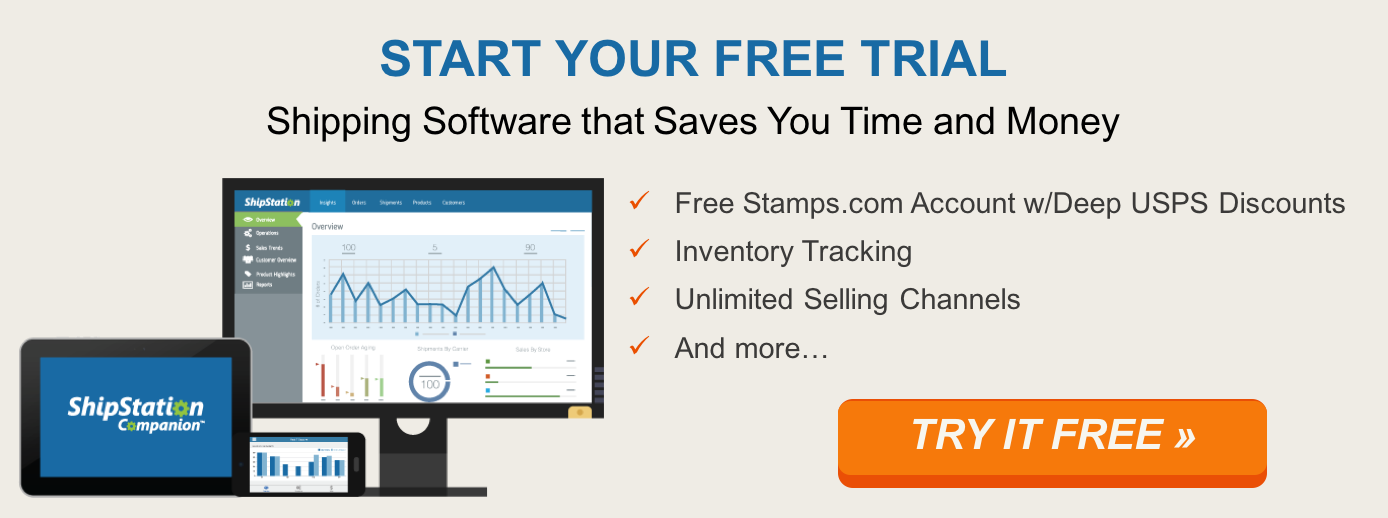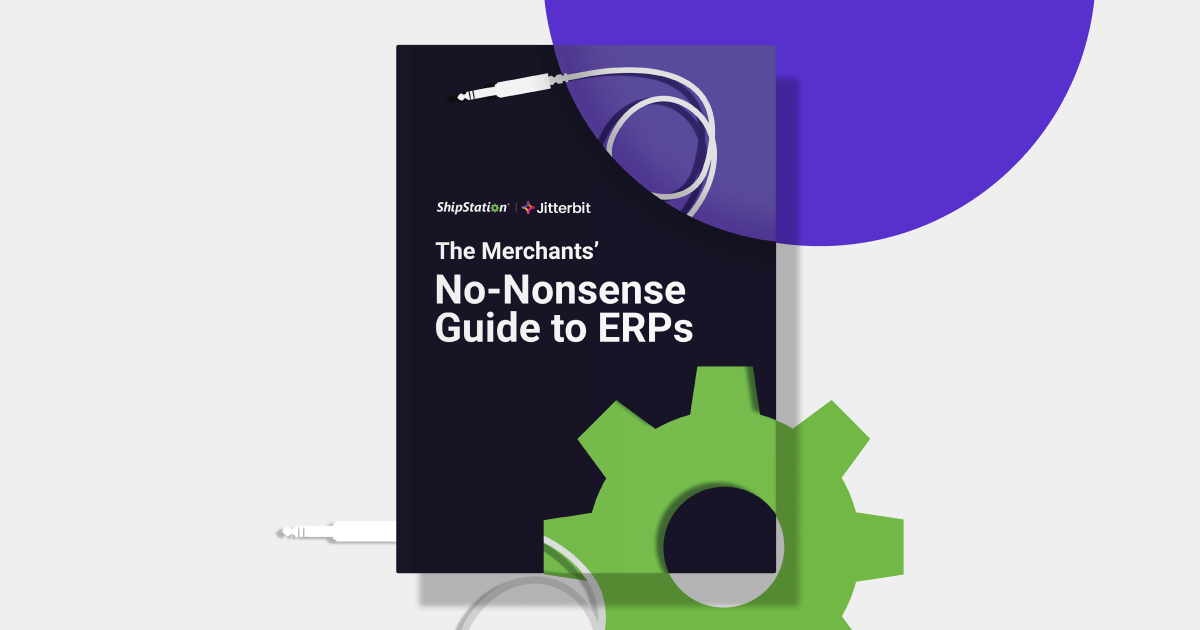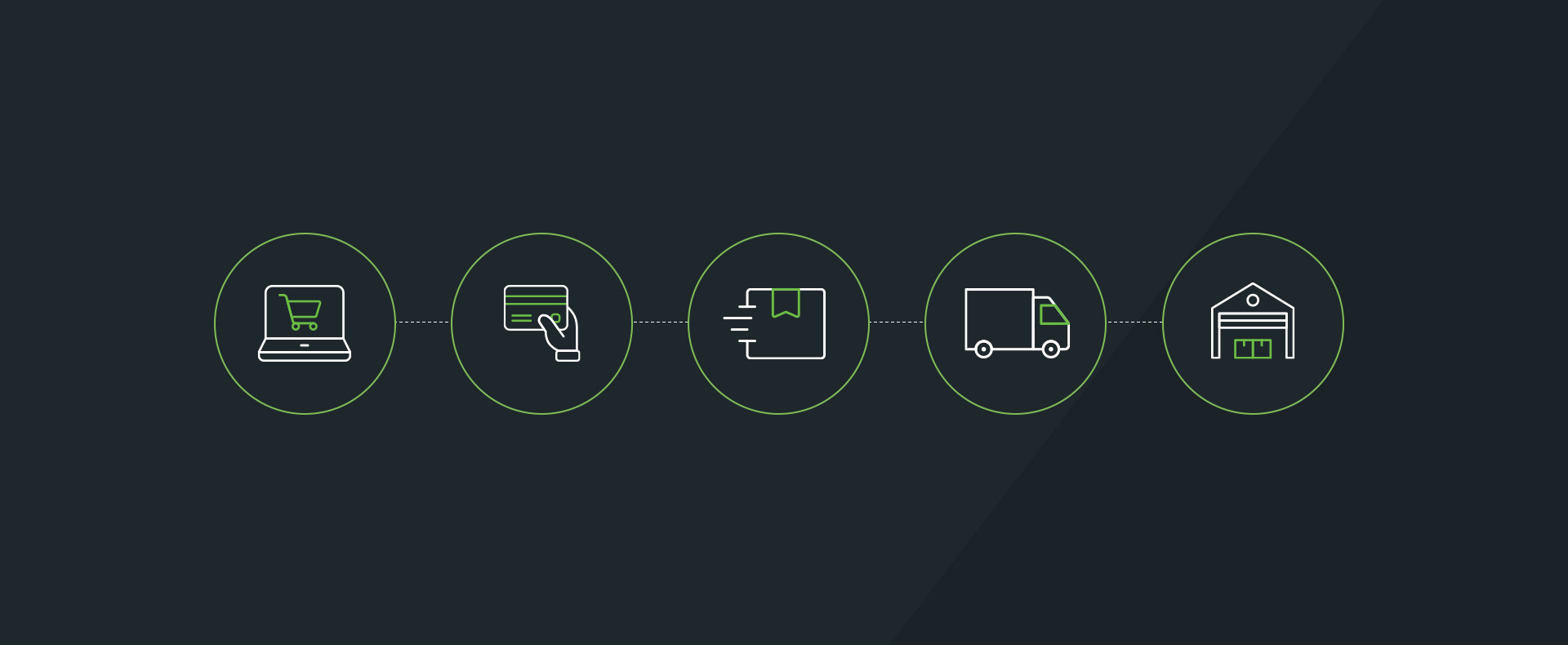4 Great Ecommerce Hacks to Help You Sell More
Your product is great. The online store is looking slick. Delivery and fulfillment are running smoothly. Everything’s in place. If only there were more customers. It’s a situation that almost all small business store owners are familiar with.
Fortunately, there are plenty of ‘low hanging fruit’ in the online marketing and sales world that will help your business reach out to new customers and drive more sales online, without costing an arm and a leg. Provided you’re prepared to be a bit creative, that is.
This list of four ecommerce growth hacks should allow you capture a bigger share of the market and help avoid leaving money on the table by not taking advantage of some of the most important strategies (and technologies) available today.
1. Integrate with Amazon (for Sales & Marketing)
Amazon gobbles up a lot of the Internet’s traffic. In fact, according to a recent Bloomberg report, more than 50% of shopper searches actually begin with Amazon. Since Amazon originates over 50% of shopper queries, if you’re not selling there you’re missing out on a huge chunk of ecommerce traffic.
Sure, it’s competitive to sell on Amazon, but there are benefits to having presence there because it can mean your brand gains visibility and exposure amongst millions of Amazon shoppers.
Amazon is also a great source of sales and marketing research, insight and data for any online retailer.
Store owners can monitor the sales and price performance of competing products and receive alerts when those products experience changes in pricing and sales (using an hourly Amazon sales and price tracker). This sheds light on the marketing and promotions that other companies are using to drive product sales, helping you to identify and focus on marketing strategies that are working well for closely related products.
Having sales and price data for any product sold via Amazon also has a knock-on benefit for marketing purposes. Imagine being able to share a chart that shows how your own product is outselling the competition. It’s fantastic, visually compelling data driven proof of success that can easily be shared via social media, and is a low cost, high return marketing strategy that any eCommerce business can utilize.
2. Use Influencers
Find a compelling story that is of interest to a targeted influencer (i.e. someone who is in a position to reach out to your potential customers – like a local newspaper, for example). Next, create compelling content around that story and use it to establish a connection with them.
Content oriented, online outreach is arguably the most effective way to build relationships and grow your reach and visibility. For example, I created a list of the best business ideas from University Entrepreneurs, posted it to my blog, and shared it with the media. It was picked up by USA Today and published nationally, leading to plenty of juicy backlinks from other top media houses and leading Universities.
Not only did I benefit from plenty of valuable backlinks as the source of the news article, but I also ended up using this opportunity to establish relationships with top business schools who gained valuable media coverage for their students and startups. I’m often approached with news about new ideas and business competitions in the hope I’ll provide coverage. It’s a powerful position to be in for any small business.
So what type of content works best?
I find that “visually compelling data driven content” works well because it is quick and easy to understand, which is perfect for social media. In addition, there are a lot of online tools and apps that can provide interesting and useful data so it’s readily available and easy to get your hands on.
Because many influencers have books or informational products and services, tracking the sales of their products and sharing positive news about them is a great way to reach out – especially on Twitter. Basically, it offers them a shareable way to promote themselves (i.e. my book is selling better than anyone else’s) – which is what everyone, even established influencers, are after.
Sharing content that influencers find shareable and interesting is arguably the best way to become an influential thought leader in your own right – and, of course, any content of yours they share carries with it any backlinks to your own content embedded in it building up a strong backlinks profile to help with SEO.
3. Build a Sales Funnel (with Content)
Content for ecommerce is difficult.
The two most common mistakes I see online retailers make are:
- writing content that assumes the reader is ready to buy
- not spending nearly enough time promoting content
It’s very important to write content that reaches out to a wide audience so that potential customers can enter the top of the sales funnel without feeling pressured to buy or frustrated with yet another sales pitch. In other words, write an article about, say, “how to use widget A to accomplish something important”, with a link to your buying page. People who are doing research before they buy can read the article and be exposed to your brand before moving to a buying decision.
Content that store owners create should also be of interest to other people, organizations and influencers because getting those people to share it extends your reach significantly. Without interest from important influencers it’s hard to get content to have any real impact – it won’t reach the target audience.
This means building relationships with influencers (as discussed hack #2). Building relationships with bloggers, reviewers, and journalists is time-consuming, but pays accumulating dividends as time goes by.
Great content also has a knock-on benefit in the sense that it can be used to generate passive income over a long period of time. A good piece of content might rank well in Google for years to come, leading to a sustained volume of valuable new customers without requiring ongoing effort and cost.
4. Treat Customer Service as a Marketing Opportunity
Often negative reviews are a spur of the moment result of frustration and can be easily turned into a positive experience with very little effort. Identify people who have created bad publicity out of a knee-jerk reaction and engage with them to address their concern. Sometimes this can be as simple as helping them select the product they want, or complete payment.
I’ve seen bad reviews from people who forgot their login password and didn’t know how to click on the ‘forgotten password’ link to get a new one. They’re happy to write a terrible review about an entire service because they can’t login – it happens.
It’s important to focus on where you can make the most impact – especially online.
According to a BrightLocal survey around 84% of people trust online reviews, making them an essential part of online marketing for online store owners. Reviews need to be genuine because customers are extremely jaded and sensitive to ‘false’ information online.
It can be tricky to solicit genuine reviews, but using existing customers to create online reviews is a great strategy anyone can use right from the start, no matter how small the customer base.
Instead of treating bad PR and reviews as a necessary chore, treat it as a powerful online review building marketing strategy. Customers who have a positive service experience are often happy to send on ‘goodwill’ recommendations and reviews to their friends, family and colleagues – making them a valuable inbound marketing channel.
Work smart to reach a really positive customer service/support interaction, and then capitalize on that goodwill by asking for a new review – even something as simple as a tweet can help. The point being that great word-of-mouth reviews lead to high converting traffic and leads.
So those are my top hacks for growing and eCommerce store. Have you tried these tactics before? Did they work? What other tips and advice do you have that pays dividends without requiring huge injections of cash? Share your thoughts in the comments below.
Author:
David Mercer is a BigCommerce writer and contributor to SME Pals, a blog dedicated to helping entrepreneurs and small business owners thrive online by turning creative business ideas into profitable startups. He is a tech entrepreneur and published author with programming and web development books translated into more than 13 languages worldwide.






